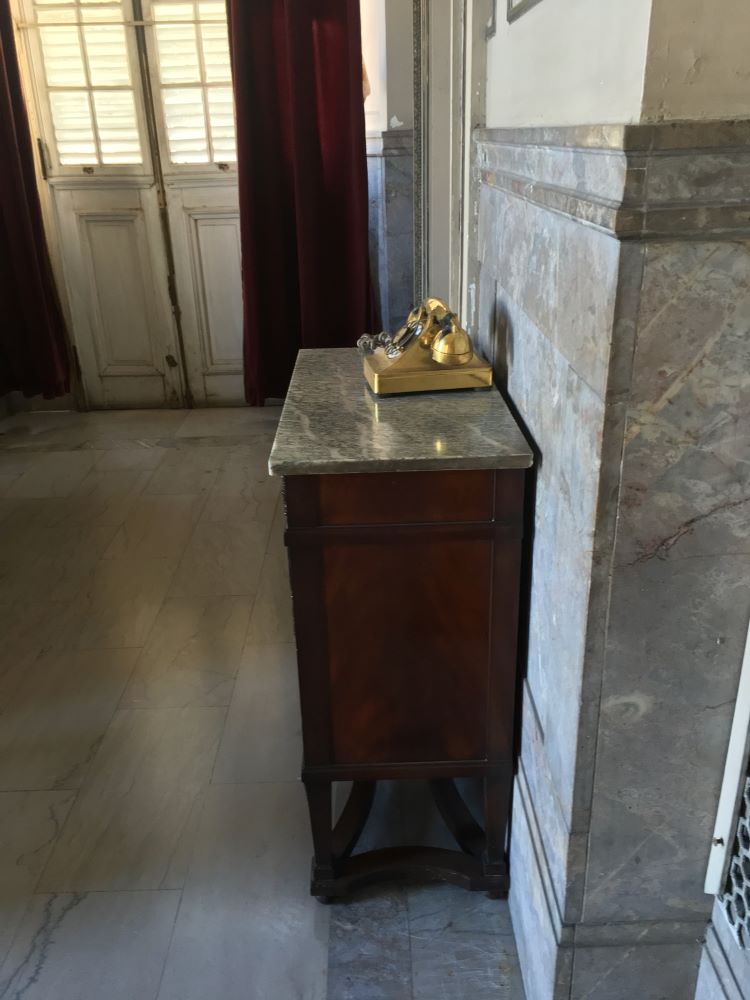A day after surviving a student-led commando team’s assassination attempt, the dictator Fulgencio Batista famously received a congratulatory visit from US Ambassador Arthur Gardner. The latter brought a solid-gold telephone as a personal gift from the American-owned Cuban Telephone Company, a subsidiary of the historic US monopoly AT&T. At the time, Cubans widely despised the phone company for arbitrarily raising their rates. In 1949, a national protest movement led by Senator Eduardo Chibás had forced then-President Carlos Prío Socarrás to intervene and reverse what had been a 50% rate hike. Yet immediately after Batista overthrew Prío Socarrás, Cuba’s last elected president, the Cuban Telephone Company re-imposed the massive rate increase. This time it stood, thanks to the support of self-declared “President” Batista himself. Not surprisingly, the gold telephone came to symbolize the corruption of the regime as well as its reliance on the combined backing of the US government and US corporations to maintain and legitimate itself. In the wake of Batista’s flight and the consolidation of a transitional revolutionary government in 1959, its new anti-corruption Ministry for the Recuperation of National Patrimony auctioned the original gold telephone off to raise funds for the rural poor. This replica, while lacking the same luster as well as any form of description for visitors, is surely meant to keep these memories alive. Museum of the Revolution (former Presidential Palace), Havana, 2016.
